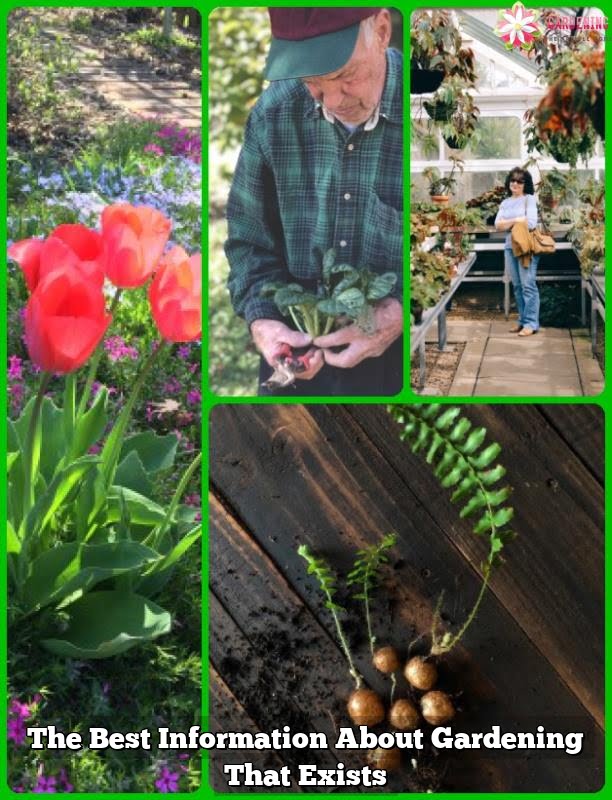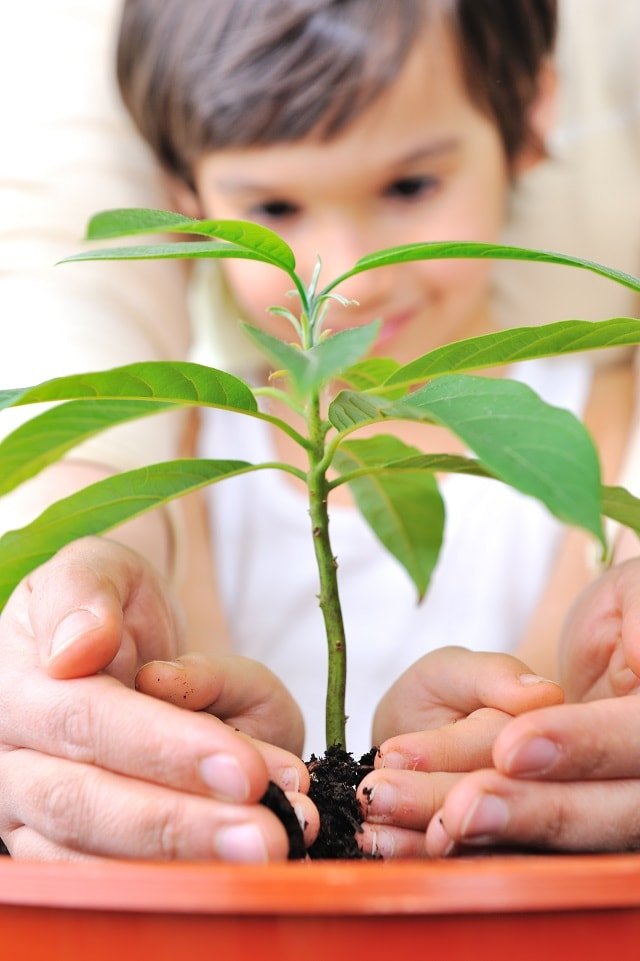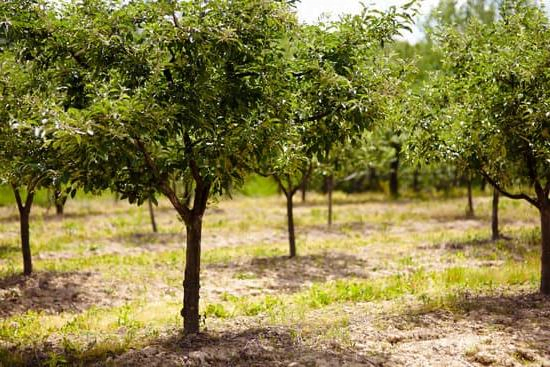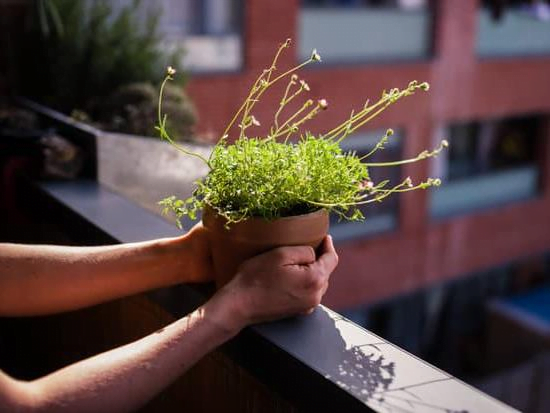Organic horticulture is known as a hobby that requires both a green thumb and talent. This hobby where the goal is to grow food that is free of pesticides. Easier said than done, correct? Read the following tips to discover how to begin growing like a pro.
Select plants that will bring a higher profits and yield.
The handles of your horticulture tools can double as clever rulers. Lay the handles onto the floor and use a measuring tape measure along side of them. Label the distances using a permanent marker pen.
Plants need ample amounts of CO2 grow well. Plants will not thrive in environments where high levels of CO2 are present. A greenhouse can concentrate the best method of providing enough CO2 for your plants.
When it’s autumn, it’s time to plant your autumn vegetables. A pumpkin can become a planting container for kale and lettuce. Once you’ve cut its top and scooped the insides out, spray the inside and edges with Wilt-Pruf to keep the pumpkin from rotting.
You can also repel your pet by planting rosemary or mothballs.
Don’t cut your grass too short. If you allow your grass to grow a little longer, it will be able to absorb more sun and moisture resulting in a lusher, helping the grass grow better and remain hydrated. Short grass is more susceptible to drying out.
If you find that you have soil that has high amounts of alkaline, take used coffee grounds and mix them thoroughly with your soil. This affordable trick will give back the acid levels in your dirt. This solution will allow your vegetables you grow healthier and greenery to really thrive.
Try “boiling” weeds in your garden with boiling water to get rid of them.Boiling water in a safe alternative to other potent herbicides. Boiling water damages the roots and will stunt further growth.
You should make sure to divide irises. You can increase your stock of irises by dividing the overgrown clumps. The bulbs split in your hand, then you replant them, should easily split by hand – allowing you to replant them for even more blooms next spring. You should divide rhizomes by utilizing a knife. Cut the root stalk and throw out the pieces. Each piece should possess at least one healthy offshoot. Replant your pieces as soon as you have finished the cuttings.
Purchase a wheelbarrow, as well as a wheelbarrow or wagon. Spending time on the ground is rough on the knees, that is why it is important to have a portable and lightweight garden stool that you can use for comfort. Horticulture also requires transporting heavy objects and lots of dirt, so a wheelbarrow makes for a wise investment.
Make sure you work in your garden. Don’t waste your time by looking all over for missing tools. Prepare all the tools you need before you go out to work on your garden, and then put them back in their place when done. If you use lots of tools, purchase a tool belt or heavy duty pants with plenty of pockets.
Have some plastic bags on hand so that you may cover your gardening shoes if they are muddy.
Coffee grounds are good addition to your soil. Coffee has a lot of nutrients that plants can use.
Space is important when planting an organic garden. It can be easy to underestimate how much space your plants will need once they start to grow. Plan accordingly and put an appropriate amount of distance between the seeds.
Organic gardening is harder than relying on chemicals, but you will reap a greater reward. While the chemical companies claim great benefits, growing organically is the most rewarding option for you and those who consume your crops.
You need to know the correct way to create planting beds if you want to make an organic garden. You can make a bed by slicing under the turf using an appropriate tool. Once this is accomplished, turn it over and cover with about three to four inches of mulch. Leave it to settle for a couple of weeks and then you can plant.
When preparing to plant a shrub or tree in your garden, try digging an ugly hole to plant them in. If the sides of the hole you dug is packed hard by the shovel, it could keep roots from penetrating the soil nearby.
Use at least 3″ of organic materials to mulch trees and trees. This will make the soil richer and also saves you serious money on water each month. You will find that it can grow to appreciate it as well.
Even with insects present, you can avoid the damage they cause, keeping everyone happy.
Snails can be sprayed with a mixture of ammonia and water. The ammonia will not hurt your precious plants, and eventually it will convert into nitrogen that is actually beneficial. It will kill the snails and keep them from bringing harm to your garden beds. Use the water and ammonia mixture daily for best results.
Water plants with some rainwater to be more eco-friendly. Using a special rain barrel or other workable container to capture rainwater can save money on monthly water bills, but you are using a natural resource as well.Think of this alternative choice; stay natural and the world.
Chicken Tractor
Think about utilizing a chicken tractor for fertilizing the fertilizer in your garden.This is a mobile chicken coop with a grated floor. This setup allows chickens to eat bugs and vegetation while fertilizing the ground below. When the area has been fertilized, you simply move the chicken tractor on to the next patch.
There are some annuals that do well in winter’s colder months. These plants may need to be trimmed if they become leggy. Annuals that do best in cool weather include snapdragons, dianthus and snapdragons.
Organic gardening takes patience and hard work. It’s an activity that lets you get in touch with nature while growing something very tasty. All it takes is a little studying and practice to become a successful organic gardener.

Welcome to my blog about home and family. This blog is a place where I will share my thoughts, ideas, and experiences related to these important topics. I am a stay-at-home mom with two young children. I hope you enjoy reading it! and may find some helpful tips and ideas that will make your home and family life even better!





